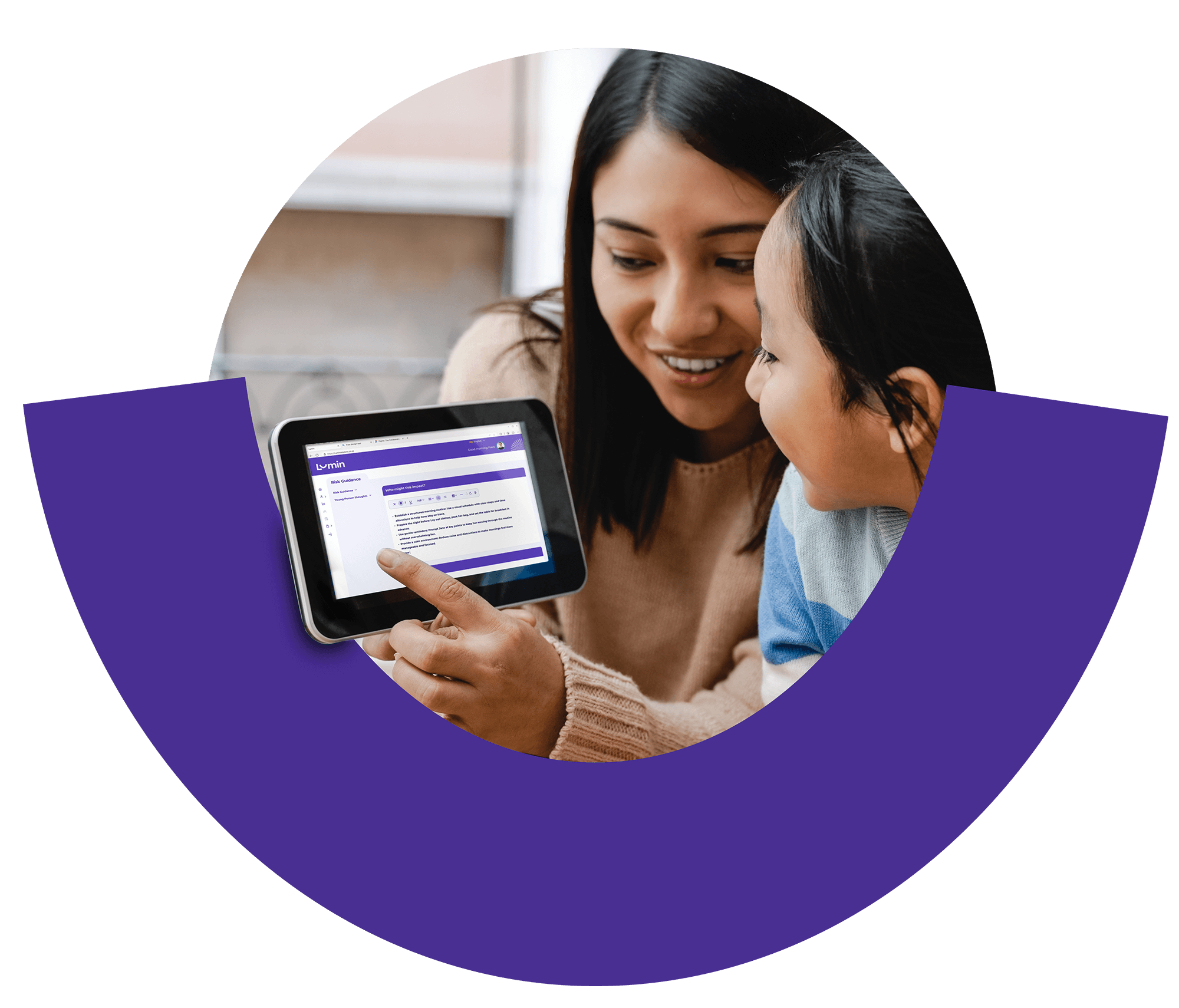Why Involving People in Their Own Care Matters
Involving individuals in their own care isn't just a compassionate ideal—it’s essential for better outcomes, stronger relationships, and truly personalised support.
Shared Decision-Making & Empowerment
NHS England champions user involvement in all health and social care settings:
“Shared decision making, establishing the expectation that people are equal decision makers with clinicians.” (https://kutt.it/EnshHd)
This reflects a crucial shift away from traditional paternalistic care models, towards collaborative approaches where individuals are co-authors of their own care journey.
Evidence of Impact
Studies show involving people in care in design and delivery initiatives boosts both satisfaction and service quality. From mental health to social services, evidence highlights that:
User involvement “may lead to further empowerment of people who use services” (https://kutt.it/qh5Z26)
NHS England’s own CQC reports emphasise:
“Good patient experience is an essential indicator of high‑quality health care…” (https://kutt.it/xX8amy)
What Does Involving People Look Like?
Personalised Planning
Care plans co-designed and editable by individuals themselves.
Easy-to-Understand Records
No jargon—just clear language and visuals that make sense.
Ongoing Feedback & Updates
Regular check-ins, not just one-off assessments.
Co-production & Governance
Involving supported individuals in staff training and service design (e.g. Westminster Society’s recruitment process) (https://kutt.it/qh5Z26)
Allowing young people to be active participants in their care plans build trust, autonomy, and better outcomes
Barriers to User Involvement
Despite good intentions, many services still struggle with:
Poor information exchange
Limited participatory opportunities
Overly complex systems and forms (https://kutt.it/n4rPmb)
How MyLifePlan Supports True Involvement
Our digital platform is built on these principles:
Editable, multimedia-rich care records that young people can help complete.
Simple, one-page formats tailored for readability and accessibility.
Interactive features like memory books and goal-setting tools to give voice and ownership.
Shared access—both carers and young people can contribute, review, and stay aligned.
In Summary
User involvement is a policy priority and a proven path to better care.
Authentic engagement builds trust, autonomy, and better outcomes.
The problem isn’t lack of will—it’s poor design and weak execution.
With tools like MyLifePlan, meaningful co-production becomes practical, sustainable, and genuinely person-centred.


